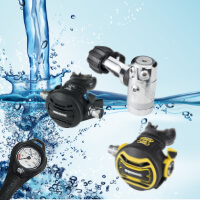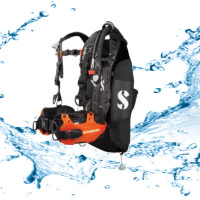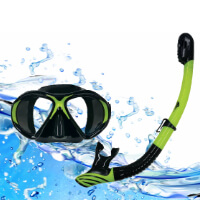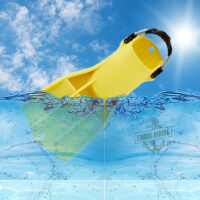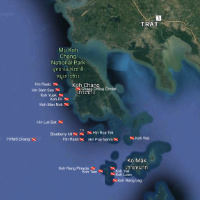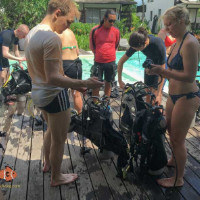Deep Diving – What is it, and What Are the Risks?
Deep diving officially starts at 18.1 meters for recreational divers and extends to the maximum sport diving limit of 40 meters. Anything beyond that falls into the category of technical diving. But why do divers go deeper? What are the risks? And what should you know about decompression and dive sequence planning? Here’s everything you need to know about deep diving!
1. Deep Diving for Recreational and Technical Divers
Deep Diving for Recreational Divers
For recreational divers, deep diving starts at 18.1 meters and is limited to 40 meters. To dive deeper safely, you should take a Deep Diver course, which teaches you the necessary skills and safety procedures. While many countries don’t legally require a Deep Diver certification, diving beyond your training level is never a good idea.
Deep Diving for Technical Divers
Technical diving goes beyond the 40m limit and includes:
- **Decompression dives** with extended stops
- **Specialized equipment** such as twin sets, sidemount configurations, or closed-circuit rebreathers (CCR)
- **Gas mixtures** such as Nitrox, Trimix, or Helitrox for different depths
2. Why Go Deep? What’s There to See?
Many wonder why divers go deep when colors fade and visibility decreases. But there are many great reasons:
- 🏺 **Wrecks** – Many sunken ships and airplanes lie in deeper waters.
- 🦈 **Large marine life** – Sharks, mantas, and large schools of fish are often found in deeper zones.
- 🌊 **Caves & Reefs** – Deeper reef sections offer spectacular formations and marine life.
However, light decreases with depth, causing colors to fade. Modern dive lights and red filters help restore the natural beauty of the underwater world.
3. Why Are No-Decompression Limits and Decompression Calculations Important?
Past vs. Present
In the past, divers relied on fixed decompression tables. Today, **modern dive computers** dynamically calculate decompression needs in real-time. However, understanding decompression models and proper dive planning remains essential for safe diving.
4. What Certification Do You Need to Dive to 40m?
By default, the **Open Water Diver** certification allows diving up to **18 meters**. To dive up to **30 meters**, you need the **Advanced Open Water Diver (AOWD)** certification. For safe diving at the sport diving limit of **40 meters**, the **Deep Diver** course is required.
While many countries do not legally mandate Deep Diver certifications, diving to 40m immediately after an OWD course is not recommended. Advanced courses teach specific procedures for planning and conducting deep dives safely.
5. The Most Important Rule in Deep Diving: Dive Sequence!
One of the most critical rules is:
💡 The deepest dive of the day should always be the first.
Example of a Safe Dive Plan:
- ✔ **Dive 1:** 40m
- ✔ **Dive 2:** 25m
- ✔ **Dive 3:** 15m
🚫 Dangerous Dive Sequence:
- ❌ **Dive 1:** 12m
- ❌ **Dive 2:** 30m
- ❌ **Dive 3:** 14m
Why?
- Diving shallow first allows nitrogen to accumulate in your body.
- Going deeper afterward significantly increases the risk of decompression sickness.
📊 Statistical Increase in Risk from Incorrect Dive Sequences
A 2004 study by **Divers Alert Network (DAN)** examined over **1,000 dive accidents** and found:
- 📉 **Divers who made the deepest dive first had a 47% lower risk** of decompression sickness compared to those who did deeper dives after shallow ones.
- 🤕 **Incorrect dive sequences led to symptoms** like dizziness, joint pain, or fatigue in 33% of cases due to microbubble formation.
- ⚠ **Divers who went from a 12-15m dive directly to 30m or deeper had a 60% higher risk** of developing decompression-related bubbles.
- 💨 **Slow nitrogen release:** Simulations showed that **ending with shallow dives sped up nitrogen elimination by 15-30%**, allowing nitrogen to diffuse more gradually.
Diving Insurance
For added peace of mind, we recommend purchasing dive accident insurance before your trip. Protect yourself while exploring the underwater world.
➡ Conclusion:
- 📌 The deeper you dive, the longer nitrogen elimination takes!
- 📌 Incorrect dive sequences can increase the DCS risk by up to **60%**!
- 📌 **Best practice:** Start deep, finish shallow!
Final Thoughts – Enjoy Deep Diving Safely!
Deep diving opens up new possibilities but also increases risks. If you want to dive deep safely, you should:
- ✅ Complete **proper training** (AOWD, Deep Diver)
- ✅ **Understand dive computers & tables**
- ✅ **Follow the correct dive sequence**
- ✅ Be aware of **decompression & nitrogen loading**
➡ Want to explore the depths safely? Sign up for our Deep Diver course now!
What Our Guests Say About Us
At Chang Diving Center, we’re proud to have earned the trust and admiration of divers from around the world.
Their reviews highlight the passion and professionalism we bring to every dive, and we’re excited to share their thoughts with you!
Google Reviews
Guests love our professionalism, safe diving practices, and the beauty of Koh Chang’s dive sites. See why we’re a top-rated center!
Tripadvisor Reviews
On Tripadvisor, travelers highlight our friendly atmosphere, personalized diving experiences, and dedication to creating unforgettable adventures.
Facebook Reviews
Our Facebook community is filled with stories of happy divers sharing their unforgettable moments. Join the conversation and see for yourself!
Your feedback inspires us to continue providing world-class diving experiences. Thank you for being part of our journey!
Book your diving adventure!
For all your fun dives or dive courses from beginner to professional divers!
Be safe wherever you dive. Get your own safe and clean personal diving equipment that you can trust for all your diving adventures around the blue planet! We got it!
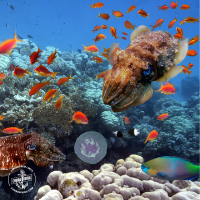
Diving trips
We take you to the best dive sites around Koh Chang, Thailand!
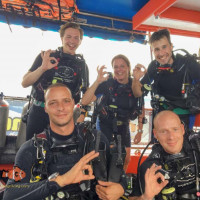
Scuba lessons?
From beginners to professionals from PADI, SDI or TDI.
SCUBA Diving Koh Chang
SCUBA Diving in Koh Chang is a great way to spend your holidays with. Explore the beautiful marine life, is worth it. We are diving all year round
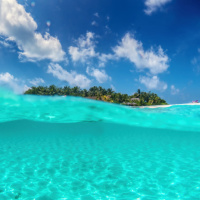
How is the Weather
Check out the Koh Chang Weather
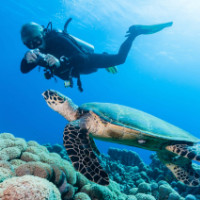
Koh Chang Dive-Sites
You would like to know more about our Dive-Sites?
Social media
Keep Contact, like and follow us on Facebook, review us on google.
Trip Advisor
Please share your Chang Diving experience on Trip Advisor


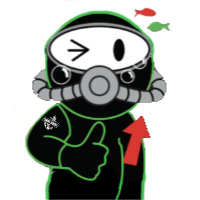 Go up
Go up


